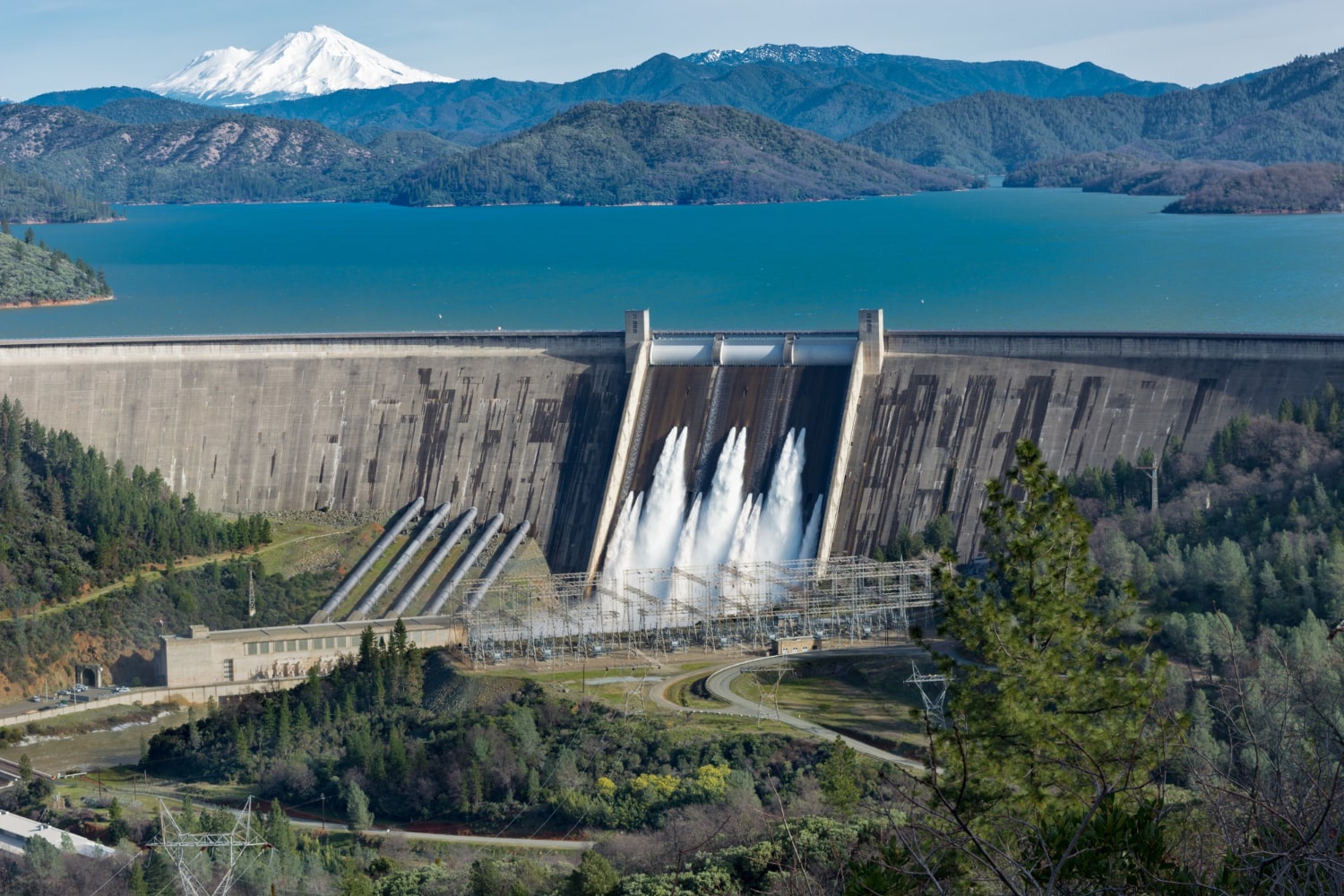The Nathpa Jhakri Hydro Power Plant, with a capacity of 1500 MW, is located in the Himalayan mountain range in the state of Himachal Pradesh, India. Rivers originating from the Himalayas carry substantial amounts of silt due to the high erosion rates typical of younger mountain ranges.
This silt, primarily composed of quartz particles, accumulates at the bottom of dams and causes significant abrasion to the plant’s technical equipment, particularly the Francis turbine-runner blades. To address this, CFD and FEA analyses were essential for protecting the hydraulic machinery from wear and ensuring optimal performance.
The Francis turbine, a type of reaction turbine, requires a precise understanding of flow characteristics to predict performance, determine cavitation properties, and improve efficiency. Mechartes conducted a detailed CFD study to analyze the flow through the Francis turbine’s runner, evaluating flow behavior, identifying areas with minimum pressure on the blade surfaces (susceptible to cavitation), and predicting the hydraulic efficiency of the runner. The fluid pressure field obtained in the CFD analysis was accurately transferred to the finite element mesh of the blades for stress analysis.
For the FEA study, Mechartes performed modal analysis, fatigue analysis, and stress analysis under various operating scenarios. Additionally, crack analysis and life estimation for the runner blades were conducted for both static and dynamic loading conditions to identify crack initiation and propagation.
Based on the study results, we provided recommendations to optimize design objectives, including timely maintenance schedules for the runner blades to enhance their longevity and performance.

